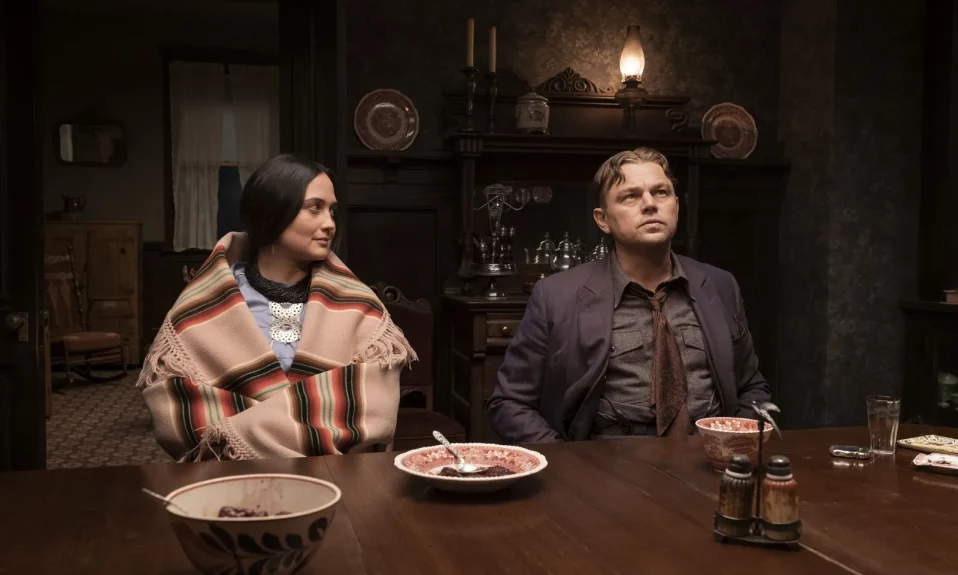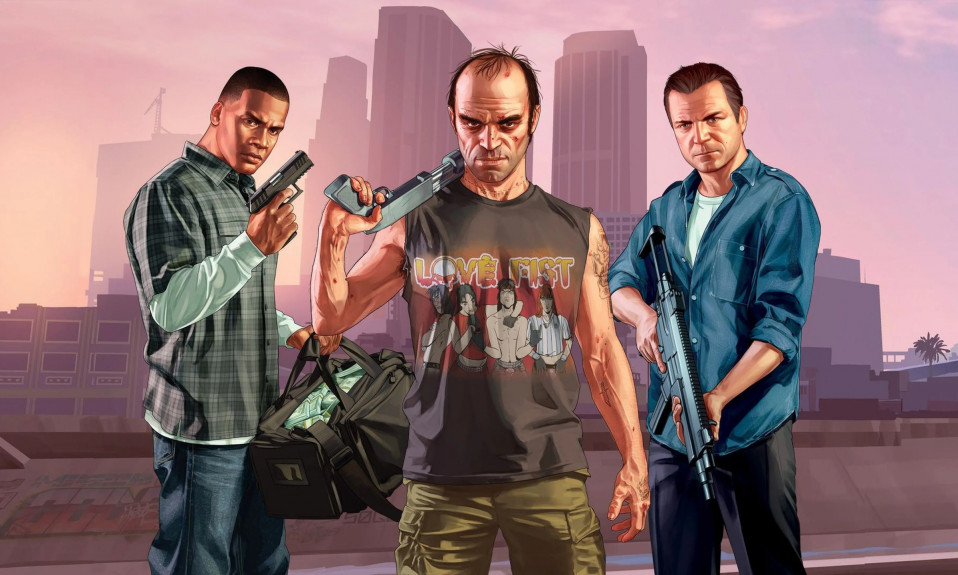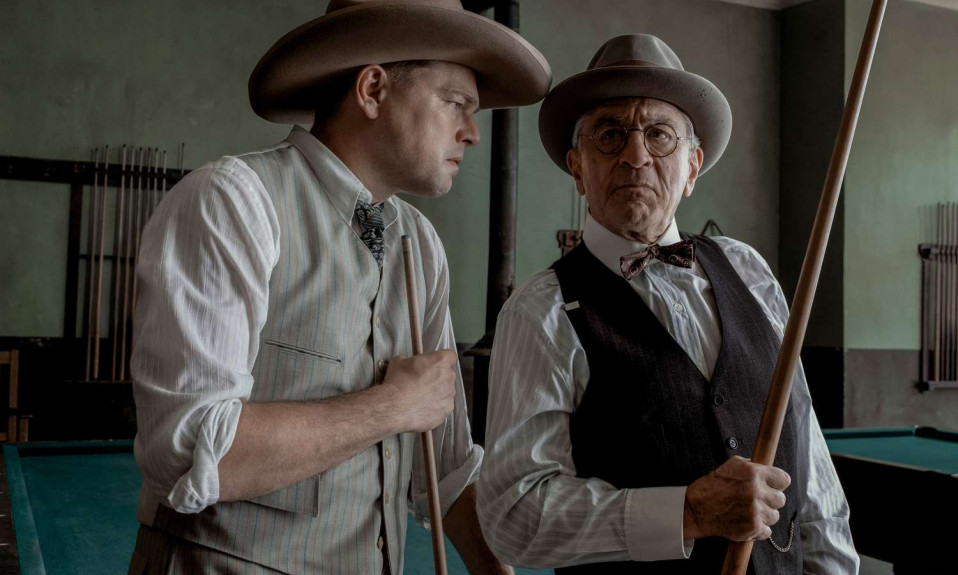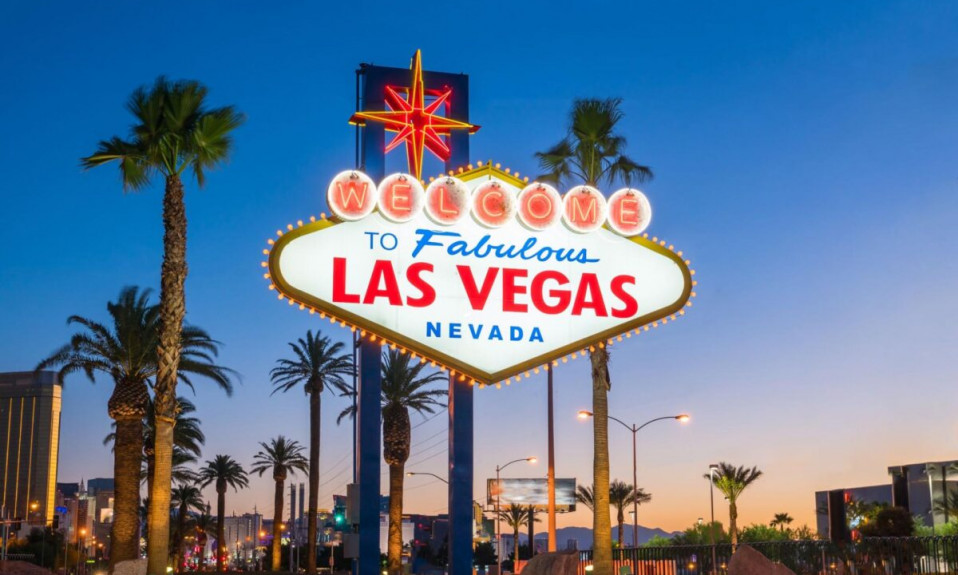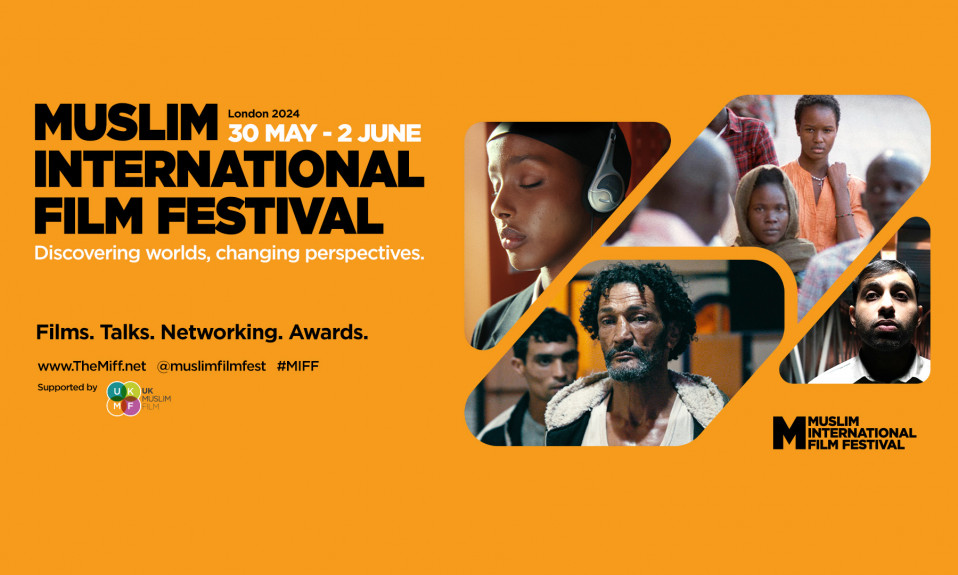A young housewife tending to her baby in the cart is shot in the head through the window of her home by her husband who approaches the body on the street and places the gun in her hand to make it appear like a suicide, then the elder man grabs the baby and rushes inside the house, the crime is part of a sequence of killings through shooting, drowning and poisoning, and the coincidence is that they are perpetrated by White men against Indigenous peoples. The real slaughtering of the Osage Nation is the subject of the latest Martin Scorsese film Killers of the Flower Moon (2023) starring his long-time collaborators Leonardo DiCaprio and Robert De Niro alongside Indigenous actress Lily Gladstone.
The victims in the film are targeted by the surrounding White folks due to their ownership of oil found in their land making them one of the richest communities in the globe, and the carnage led to the creation of the Bureau of Investigations (BOI) which would later become the FBI. The Osage Nation killings are contemporary to the Tulsa Massacre, the wiping of an affluent African American community and the only time that airstrikes took place on US soil, which the HBO series Watchmen (2019) re-enacted thus bringing the event to mainstream discussions and is once more referred in the Scorsese film, while in its turn the Killers of the Flower Moon exposes to the world another of America’s grimiest moments.
The violence in previous Scorsese installments is abrupt, mercurial, and sometimes nihilistic be the outbursts and domestic violence in the LaMotta household in ‘Raging Bull’ or the vulgar displays of power by Tommy DeVito in ‘Goodfellas’ which latter erupts in an almost pubertal manner. In ‘Killers of the Flower Moon’ it is methodical and orchestrated by the mastermind William Hale (Robert De Niro) thus more insidious. In this role the public is presented to a malevolent patriarch different from staple characters of De Niro as young mobster Vito Corleone, boxer Jake LaMotta, cab driver Travis Bickle or career criminal Neil McCauley.
The bloodshed is not like in a gang war picture but more personal with the perpetrators abusing the hosts’ naiveté with cunning schemes under the veil of friendship and love. World War I veteran Ernest Burkhart (Leonardo DiCaprio), the nephew of Hale, marries the Indigenous Mollie Kile, later Mollie Burkhart, under the guidance of his mentor to advance their takeover plans. Ernest poisons his wife slowly while experiencing a moral crisis while doing his role in the plan, still when going after the other Indigenous community members or rival white men aiming for their riches, the former military man lets slide all his perversion. One of DiCaprio’s best performances. DiCaprio and De Niro show how long-term partnerships between actors and directors can produce great artistic experiences.
In smaller roles, the veteran Cardinal Tantoo brings gravitas as the Indigenous matriarchy Lizzie Q, while Cara Jade Myers shines, showing a bohemian and rebellious side in this community by playing Anna Brown. The deep depression of Henry Roan interpreted by William Belleau serves as an analogue to the mental health issues that plague Indigenous communities around the world due to centuries of abuse, neglect, and oppression.
Brendan Fraser is having a second wind and with his imposing physique and powerful voice plays defense attorney W.S. Hamilton who clashes with his matinee idol of yesteryear coming as a surprise act. The BOI agent Thom White incorporated by Jesse Plemons, shows a quiet and almost non-threatening presence that throws off the murderers from his true intentions while keeping the authority that comes with being a lawman.
Among the supporting cast is also Jason Isbell who spars with DiCaprio for the sisters’ fortunes and treats his wife with tenderness, nevertheless in an almost imperceptible way is someone who wants to hold a prize and not the hands of a full-fledged human being.
However, the range portrayed by Gladstone deserves more screen time as it is filled with lust, doubt, insecurity, unconditional love, and despair, all painted in her face, voice tone and body language revealing a leading lady that for long has been as Gladstone gives the picture’s most compelling performance.
The cinematography is another strong point as it is conducted by Rodrigo Prieto who with Panavision engineer Dan Sasaki crafted custom lenses that give a distinct look reminiscent of the 1930s photographs composing a mixture of Western flirting with noir. The props department gives a sense of really being in those times and the clothing section comes with a distinct representation of the Osage Nation that separates them from other Indigenous cultures on the screen.
Opening doors for Indigenous storytelling from their own artists
Scorsese really consulted members of the Osage Nation as can be perceived in the language and the craft mentioned above as also with a more humanized vision towards them when compared to previous movies and series or even current ones. Nevertheless, the movie is not immaculate of criticism by Indigenous peoples on matters of representation.
After watching the picture, Christopher Cote, one of the Osage language consultants, has expressed nuanced and complicated feelings about the result as for him it should be from the perspective of Mollie and the ordeal of her family. Cote added in his Hollywood Reporter interview that to represent them in a proper manner it should be an Osage creative, still for him Scorsese not being Osage did a great job. His opinion can be seen in Burkhart, one of the conspirators, who became sympathetic in some moments which is due to DiCaprio’s skill set.
Indigenous actress Devery Jacobs (Reservation Dogs) has expressed in her X (former Twitter) account “strong feelings” towards ‘Killers of the Flower Moon’ saying that it “dehumanizes people” and the difficulty of seeing their ancestors already brutalized in real history going through it once more in the silver screen with graphic detailing. For Jacobs the saving point of the whole picture is Gladstone.
It is understandable that some art can be triggering, in particular when touching delicate matters as the Osage Nation and the criticism from Indigenous voices should be heard as they are the ones living with the aftermath of said events that still influence their livelihoods. However, in defence of Killers of the Flower Moon, it opens the door for narratives on Indigenous lives and talent in front of the screen, although brutal to watch it is still respectful to their ordeal.
Scorsese had a hard time putting this film together and he is one of the most accomplished living directors who still has an impact, and if it is hard for Scorsese to convince the studios, it is sad to know that a director from a different background hardly would have the necessary pull within the studio game as Gladstone stated in an interview with British Vogue. Killers of the Flower Moon is a solid entry in the final stages of Scorsese’s career, a serious contender in awards season and part of its legacy is opening the discussion of having more Indigenous directors, producers and writers telling their own stories.
Rating:  (5 / 5)
(5 / 5)
Also Read: Martin Scorsese and Denis Villeneuve Vs The “Marvel Movie” Formula


